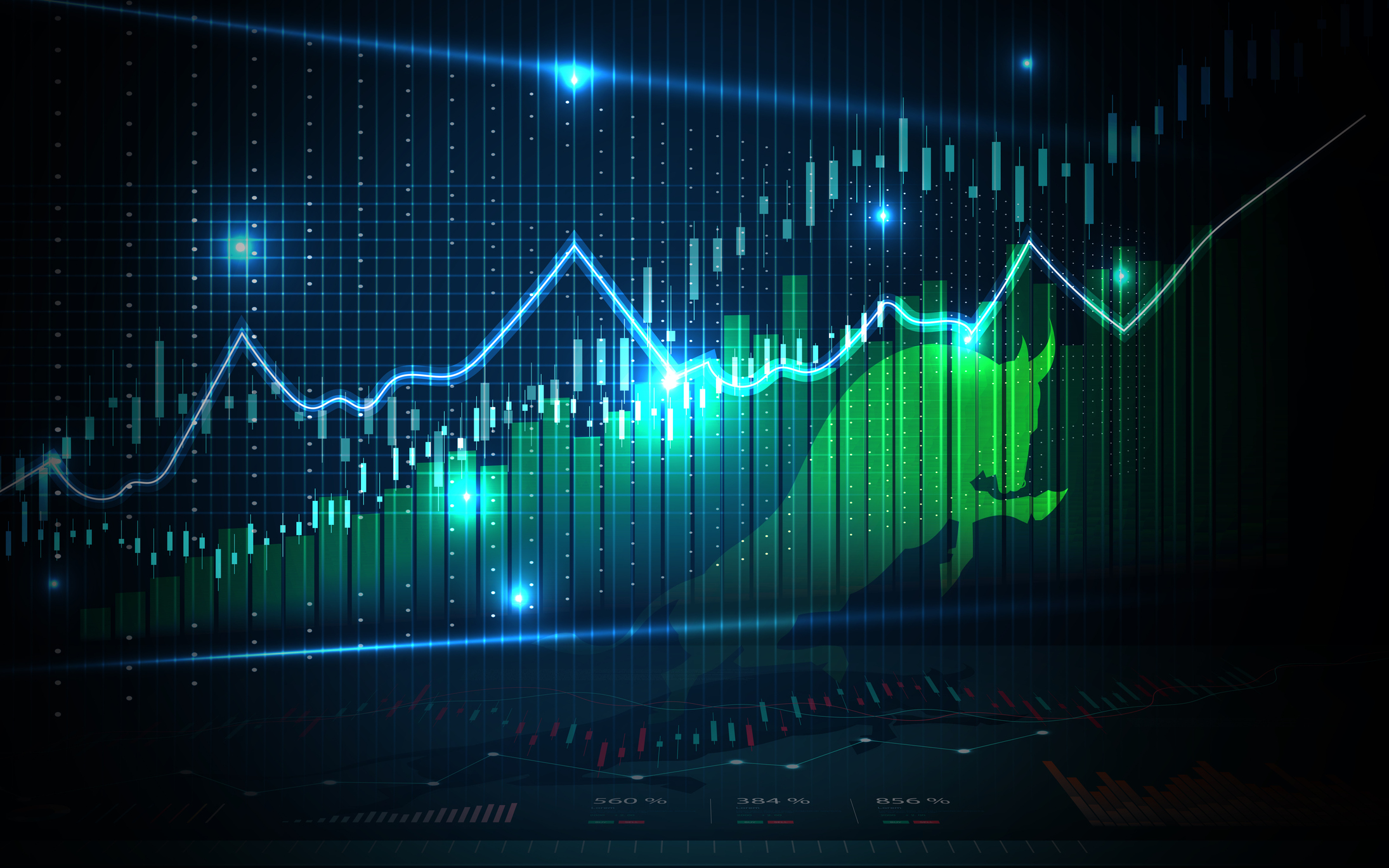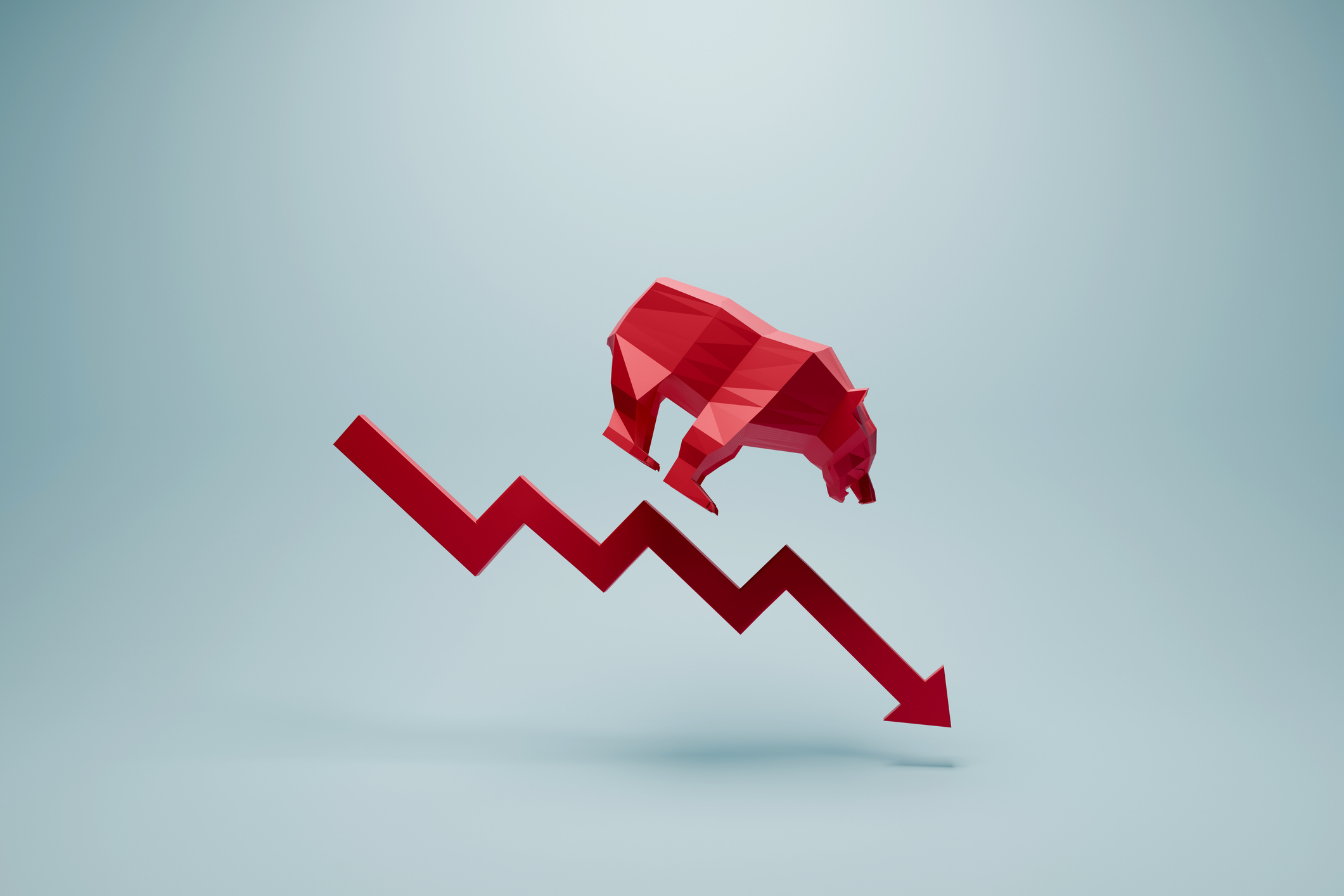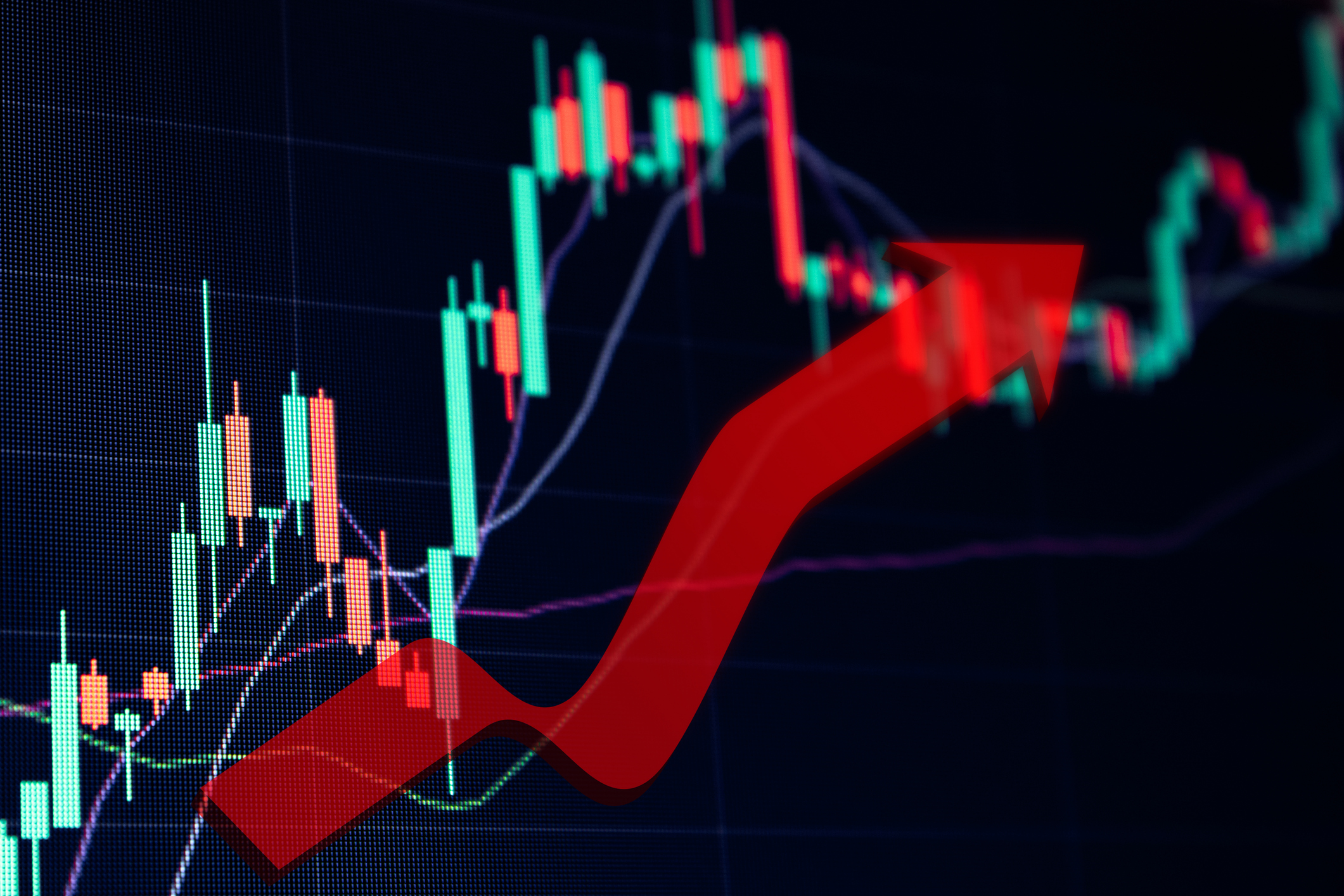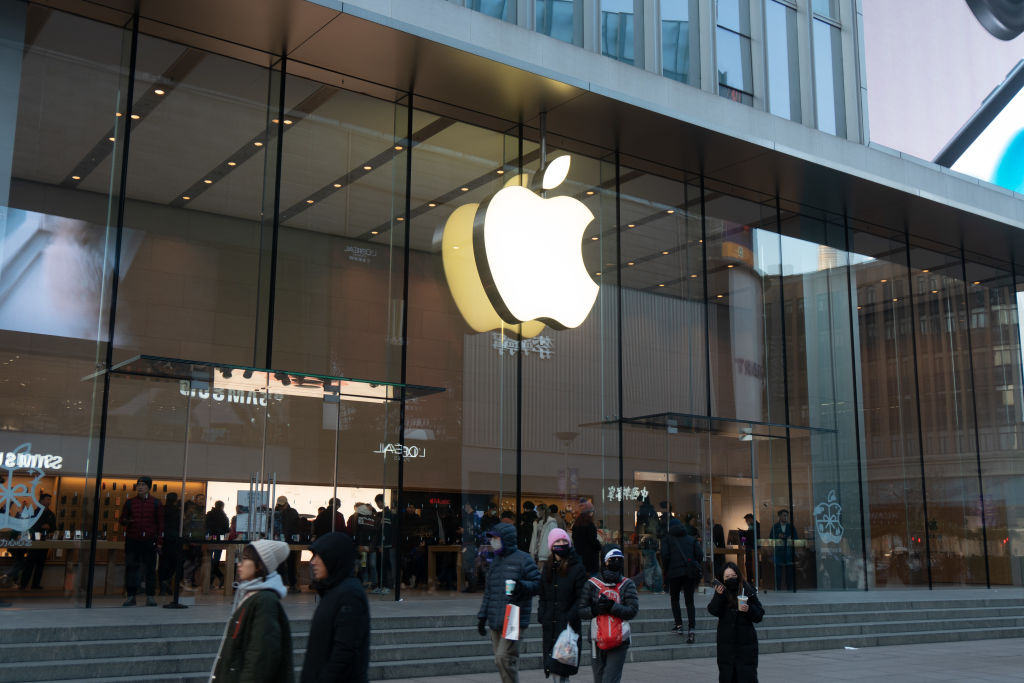Apple’s Stock Split Could Dampen the Dow
iPhone maker Apple (AAPL), currently the most important stock in the blue-chip average, will see its influence decline substantially after a 4-for-1 split.


Apple (AAPL, $384.76) announced during its fiscal third-quarter report that it will undergo a 4-for-1 stock split in late August.
Investors who pushed the stock to fresh all-time highs in the following trading session seemed excited enough. But it’s not exactly great news for the Dow Jones Industrial Average.
That's because the Dow is a rarity in the world of stock market measures.

Sign up for Kiplinger’s Free E-Newsletters
Profit and prosper with the best of expert advice on investing, taxes, retirement, personal finance and more - straight to your e-mail.
Profit and prosper with the best of expert advice - straight to your e-mail.
Why Apple’s Stock Split Is a Downer for the Dow
Many indices including the S&P 500 and Nasdaq Composite are market cap-weighted, meaning the larger the company, the greater its representation in the index. But the blue-chip industrial average is price-weighted. As such, the Dow stock with the highest share price has the largest effect on the direction of the average.
Apple, with its $410 sticker price, is the most influential Dow component and has been since it leapfrogged UnitedHealth Group (UNH) in late April. UNH, at No. 2 in the Dow, currently goes for about $300.
Thus, Apple’s stock split won't affect its leadership in the S&P 500 or Nasdaq Composite. In fact, Apple's market value of more than $1.6 trillion makes it the most influential member of those two indices.
But AAPL splitting 4-for-1 means that, for now, Apple will have far less impact on the price-weighted Dow Jones Industrial Average. And that’s discouraging considering that Apple, up 40% year-to-date, has been one of the few bright spots in a dismal year for the industrial average.
The tech-heavy Nasdaq is up a whopping 18% so far this year, helped in no small part by Apple. The S&P 500 is flat, with Apple doing more than its fair share to keep it afloat.
But the Dow is down more than 8%. And it will be harder to make up lost ground after cutting Apple's influence. After AAPL splits and begins trading at around $100 a share, it will be somewhere around the 17th most important member of the average.
To put that in perspective, the split will cut Apple's weighting in the Dow from about 10% to just 2.7%, according to S&P Dow Jones Indices.
Not the First AAPL Split
To be sure, this isn't the first time Apple has carved up its stock. Shareholders have been through this four times already, in 1987, 2000, 2005 and 2014.
The difference this time is that Apple wasn't a component of the Dow back then. (It joined in 2015.)
Traditionally, the idea behind a stock split is to attract investors who might balk at a high share price. But splits have become far less common now that brokerages give customers the option of buying fractional shares. Indeed, a few of the most popular blue chips, including Amazon.com (AMZN) and Google parent Alphabet (GOOGL), have four-digit stock prices.
For the record, each Apple shareholder at the close of business on Aug. 24 will receive three additional shares for every share they hold. Trading will begin on a split-adjusted basis on Aug. 31.
Investors should know that the Apple stock split has little bearing on the prospects for AAPL shares, other than making it a little more accessible to small-dollar investors. But it certainly could dim the outlook for the already beleaguered Dow this year.
Get Kiplinger Today newsletter — free
Profit and prosper with the best of Kiplinger's advice on investing, taxes, retirement, personal finance and much more. Delivered daily. Enter your email in the box and click Sign Me Up.

Dan Burrows is Kiplinger's senior investing writer, having joined the august publication full time in 2016.
A long-time financial journalist, Dan is a veteran of MarketWatch, CBS MoneyWatch, SmartMoney, InvestorPlace, DailyFinance and other tier 1 national publications. He has written for The Wall Street Journal, Bloomberg and Consumer Reports and his stories have appeared in the New York Daily News, the San Jose Mercury News and Investor's Business Daily, among many other outlets. As a senior writer at AOL's DailyFinance, Dan reported market news from the floor of the New York Stock Exchange.
Once upon a time – before his days as a financial reporter and assistant financial editor at legendary fashion trade paper Women's Wear Daily – Dan worked for Spy magazine, scribbled away at Time Inc. and contributed to Maxim magazine back when lad mags were a thing. He's also written for Esquire magazine's Dubious Achievements Awards.
In his current role at Kiplinger, Dan writes about markets and macroeconomics.
Dan holds a bachelor's degree from Oberlin College and a master's degree from Columbia University.
Disclosure: Dan does not trade individual stocks or securities. He is eternally long the U.S equity market, primarily through tax-advantaged accounts.
-
 6 Stunning Waterfront Homes for Sale Around the US
6 Stunning Waterfront Homes for Sale Around the USFrom private peninsulas to lakes, bayous and beyond, Kiplinger's "Listed" series brings you another selection of dream homes for sale on the waterfront.
By Charlotte Gorbold Published
-
 Six Reasons to Disinherit Someone and How to Do It
Six Reasons to Disinherit Someone and How to Do ItWhether you're navigating a second marriage, dealing with an estranged relative or leaving your assets to charity, there are reasons to disinherit someone. Here's how.
By Donna LeValley Published
-
 Stock Market Today: Stocks Surge to Close a Volatile Week
Stock Market Today: Stocks Surge to Close a Volatile WeekIt was another day with a week's worth of both news and price action, but it ended on a strongly positive note.
By David Dittman Published
-
 Stock Market Today: Uncertainty Proliferates: Dow Loses 1,014 Points
Stock Market Today: Uncertainty Proliferates: Dow Loses 1,014 PointsWeaker-than-expected consumer inflation data wasn't enough to stabilize sentiment during another volatile day for financial markets.
By David Dittman Published
-
 Stock Market Today: Tariff Pause Triggers 3,000-Point Dow Rally
Stock Market Today: Tariff Pause Triggers 3,000-Point Dow RallyThe bond market is sending concerning signals as the Trump administration executes its rapid reordering of global trade relationships.
By David Dittman Published
-
 Stock Market Today: Tariff Talks Drive Another Up-and-Down Day
Stock Market Today: Tariff Talks Drive Another Up-and-Down DayTrade war negotiations are happening, but the "fear gauge" is gyrating, and investors, traders and speculators are still searching for signs of a bottom.
By David Dittman Published
-
 Stock Market Today: Trump Pushes Dow Into 2,600-Point Swing
Stock Market Today: Trump Pushes Dow Into 2,600-Point SwingTariffs and trade war weigh on prices across global financial markets, with little light at the end of the tunnel.
By David Dittman Published
-
 Stock Market Today: Dow Drops Another 2,231 Points to Hit a Correction
Stock Market Today: Dow Drops Another 2,231 Points to Hit a CorrectionThe Nasdaq Composite, meanwhile, entered a new bear market with its latest slide.
By Karee Venema Published
-
 Stock Market Today: Dow Dives 1,679 Points on Trump Tariff Shock
Stock Market Today: Dow Dives 1,679 Points on Trump Tariff ShockU.S. stocks lost roughly $3.1 trillion in market cap on Thursday – the biggest one-day decline since the start of the COVID-19 pandemic in March 2020.
By Karee Venema Published
-
 Wall Street Is Worried About Apple Stock. Should You Be Too?
Wall Street Is Worried About Apple Stock. Should You Be Too?Analysts expect Trump's sweeping tariffs to have an outsized impact on Apple stock. How concerned should investors be?
By Karee Venema Last updated